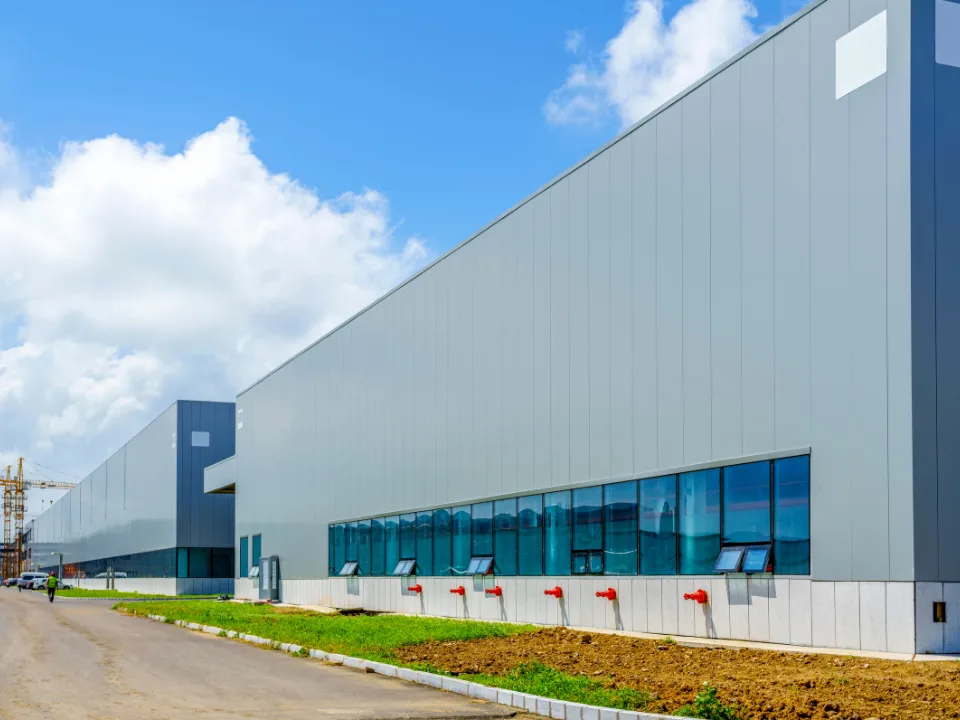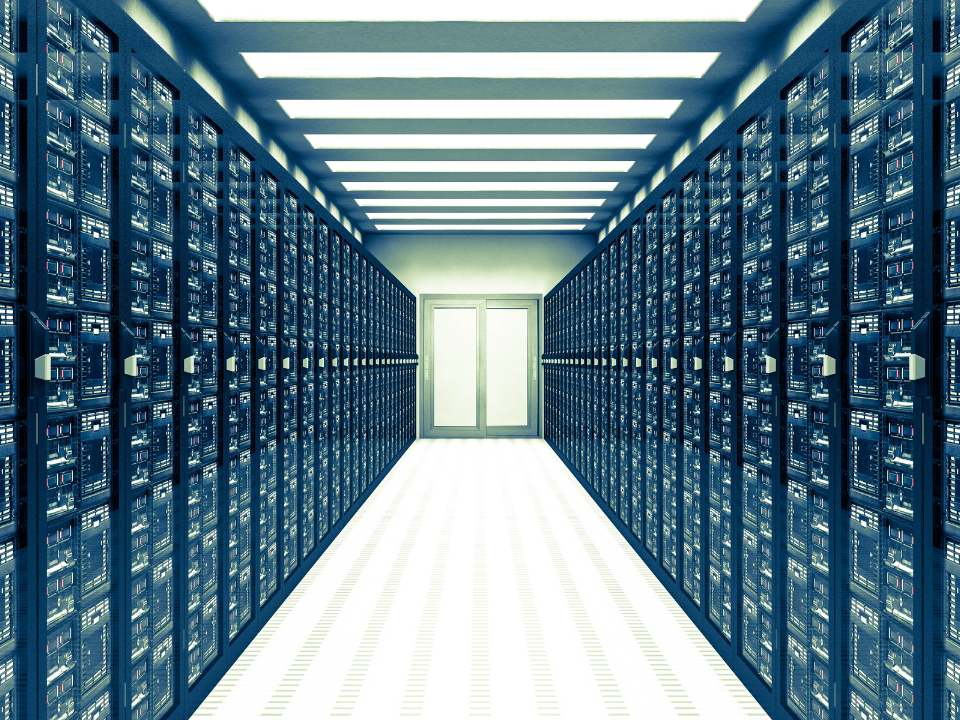- The One Wilshire building in DTLA has transformed from an office space to a data center, and now houses undersea fiberoptic cables between Asia and North America.
- Driven by increasing needs for AI and cloud services, developers are racing to build or convert properties into data centers, creating a digital infrastructure boom in LA County.
- Despite rapid construction, a shortage of power and suitable locations has led developers to expand into less urban areas and smaller markets.
Located at the start of Wilshire Boulevard in downtown Los Angeles, One Wilshire is no longer an office space for lawyers and white-collar workers—it’s become a hub for global digital connectivity, as reported in Yahoo! Finance.
Offices to Data Centers
Once home to professional office spaces, the 30-floor tower is now a critical data center supporting key global online operations.
Serving as a major terminus for undersea fiber-optic cables connecting Asia to North America, the building is now packed with the digital infrastructure needed to meet the world’s soaring demand for data storage and internet speed.
Digital Demand Boom
One Wilshire’s transformation is merely part of a broader surge in the development of data centers throughout Los Angeles County. As AI applications and cloud storage continue to expand globally, the need for new data centers has exploded, particularly in markets like Southern California.
“We’re all consumers of data centers,” says Maile Kaiser, Chief Revenue Officer of CoreSite, the building’s largest tenant. From streaming TV shows to managing online orders, all digital content relies on data centers for storage and accessibility.
Higher Tech Demand
The booming demand for data storage is largely fueled by major technology companies like Amazon (AMZN), Google (GOOGL), Microsoft (MSFT), and Oracle (ORCL), which need facilities to power their AI and cloud operations.
According to JLL real estate broker Darren Eades, the rate of data center construction across the U.S. is at “extraordinary levels” but still struggling to keep pace with demand. Vacancies at data centers fell to just 3% midyear, even as development surged to more than 7x what it was two years ago.
Offices to Data Centers
The pandemic shifted work habits, contributing to decreased demand for conventional office spaces. Data centers now offer developers a rare opportunity to reinvest in underutilized properties.
One Wilshire, for instance, has rents double those of newer downtown office buildings. Its floors are now largely occupied by servers, power lines, and cooling systems.
The last traditional office tenant, a law firm, recently vacated the building, leaving five floors that will soon be occupied by new data center tenants.
Expanding Market Constraints
A shortage of power and high-capacity infrastructure has pushed developers to look for less traditional sites. Areas such as Vernon and Monterey Park within LA County are seeing higher interest in new developments due to more affordable power rates.
Projects are also expanding into locations with reliable electricity supply, such as Alabama, Indiana, and even remote parts of California near the Salton Sea, where a new data center will use geothermal and solar power.
Staffing Challenges
Staffing data centers is challenging due to their long working hours and physical isolation. These facilities require round-the-clock personnel, and 30% of workers left their positions last year, citing poor work/life balance.
Filling these shifts has become increasingly difficult, adding to the complexity of managing expanding data operations.
Tomorrow’s Power Demands
The growing data center industry is also affecting energy infrastructure. According to Goldman Sachs analysts, by 2030, data centers could account for as much as 11% of the U.S. power demand—up from just 3% today.
Microsoft recently struck a deal to reopen the infamous Three Mile Island nuclear power plant to power its data centers, highlighting the intense energy needs that are being driven by the rise of AI and cloud computing.
What’s Next
The transformation of One Wilshire and the rise in data center construction reflect how essential digital infrastructure has become for the modern world.
From storing personal videos and social media content to supporting complex AI systems, data centers have become indispensable. “There will always be a need for a data center,” said Kaiser, noting that our growing reliance on digital content means the demand for these spaces will only grow.
With power availability and energy efficiency emerging as major concerns, the future of data centers will also hinge on the ability to innovate and adapt—both technologically and in terms of real estate development—to meet the world’s expanding digital demands.
















